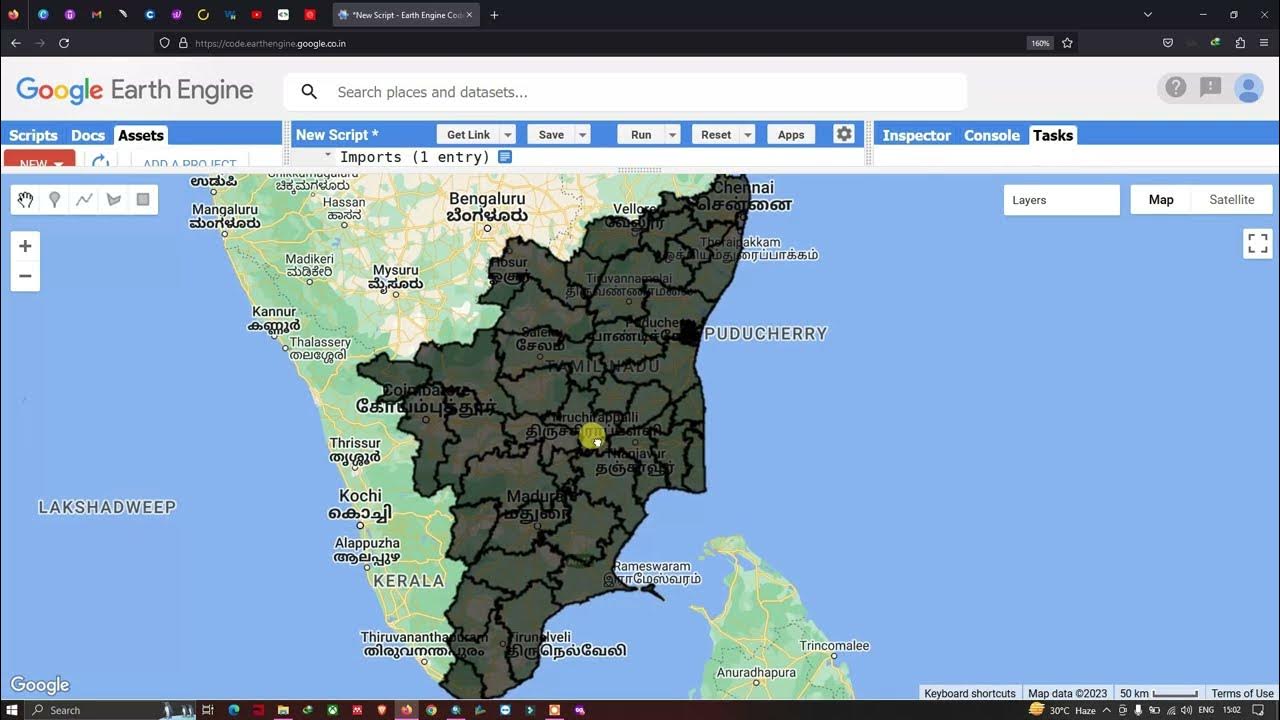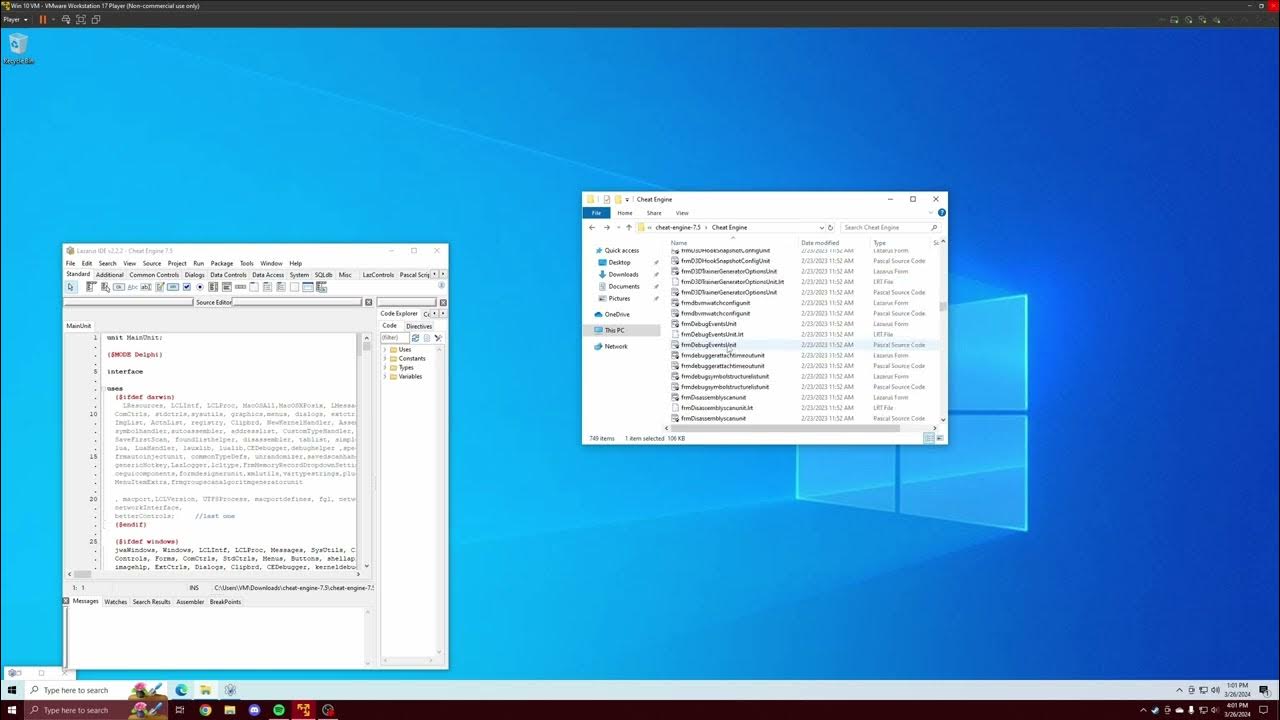Download Climate Data (Rainfall) from 1981 - 2022 using Earth Engine API
Summary
TLDRThis tutorial walks users through the process of downloading and analyzing time series climate data, specifically precipitation, using Google Earth Engine. It covers setting up the platform, importing data (CHIRPS precipitation dataset), and using JavaScript to perform zonal statistics for a specified region (Kenya). Users learn to map and summarize climate data from 1981 to 2023 and export it to CSV or Excel format for further analysis. The video provides a practical approach to handling large datasets in the cloud, enabling detailed climate research and analysis.
Takeaways
- 💻 Google Earth Engine (GEE) is used to access and analyze large-scale satellite data without downloading.
- 📅 The tutorial demonstrates extracting monthly precipitation data from 1981 to 2023 using GEE.
- 🌧️ The CHIRPS dataset is selected in GEE for long-term climate data focusing on precipitation.
- 🌍 GEE’s Code Editor (a JavaScript API) enables scripting for Earth data analysis and visualization.
- 🇰🇪 The example demonstrates a regional focus on Kenya, but users can adjust the area of interest.
- 📋 A sequence function in GEE generates a list of years and months to automate time-series extraction.
- 🔍 After filtering, the dataset is reduced to only precipitation data to enhance processing efficiency.
- 📊 A zonal statistics function summarizes precipitation data across the chosen area, giving a monthly mean.
- 📝 The output data is exported as a CSV to Google Drive for analysis in other platforms (e.g., Excel).
- 📈 The final data includes monthly and yearly precipitation values, useful for seasonal and trend analysis.
Q & A
What type of data is being extracted in the tutorial?
-The tutorial demonstrates how to extract time series climate data, specifically precipitation data, using Google Earth Engine.
Which platform is used to analyze the data?
-The analysis is performed using Google Earth Engine, a cloud-based platform that provides satellite data and analysis tools.
What time period does the precipitation data cover?
-The precipitation data spans from 1981 to the current year, which in this case is 2023.
What programming language is used in the Google Earth Engine code editor?
-The Google Earth Engine code editor uses JavaScript for scripting and data manipulation.
What dataset is used to obtain the precipitation data?
-The dataset used is called CHIRPS, which is a long-term climate data source for precipitation.
How is the region of interest (ROI) defined in the analysis?
-The region of interest is defined by selecting a specific country, in this case, Kenya, using the Earth Engine’s country database.
What function is used to map over the years and create monthly totals of precipitation?
-A custom JavaScript function is created that maps over the years and months to calculate the monthly total precipitation using the `reduceRegions` method.
How are zonal statistics applied in this analysis?
-Zonal statistics are calculated using the `reduceRegions` function, which summarizes the precipitation data by averaging it over the region of interest.
How is the extracted precipitation data exported?
-The resulting precipitation data is exported as a CSV file to Google Drive using the `Export.table.toDrive` function.
What is the significance of applying a selector in the export process?
-The selector is used to export only the necessary fields, such as year, month, and precipitation mean, which simplifies the exported data and avoids including unnecessary information like geographic coordinates.
Outlines

This section is available to paid users only. Please upgrade to access this part.
Upgrade NowMindmap

This section is available to paid users only. Please upgrade to access this part.
Upgrade NowKeywords

This section is available to paid users only. Please upgrade to access this part.
Upgrade NowHighlights

This section is available to paid users only. Please upgrade to access this part.
Upgrade NowTranscripts

This section is available to paid users only. Please upgrade to access this part.
Upgrade NowBrowse More Related Video

How to Download & Install Google Earth Pro for Free

Importing GIS shapefiles into Google Earth Engine

Download Free Land Cover data from Earth Explorer / USGS

How to download earthquake records for the time-history analysis from PEER Ground Motion Database

Water Quality Monitoring using Remote sensing techniques GEE web Application || GEE Web Application

Cheat Engine Built From Source Tutorial | Driver | DBVM | VEH Debugger | Renaming | Error Correction
5.0 / 5 (0 votes)